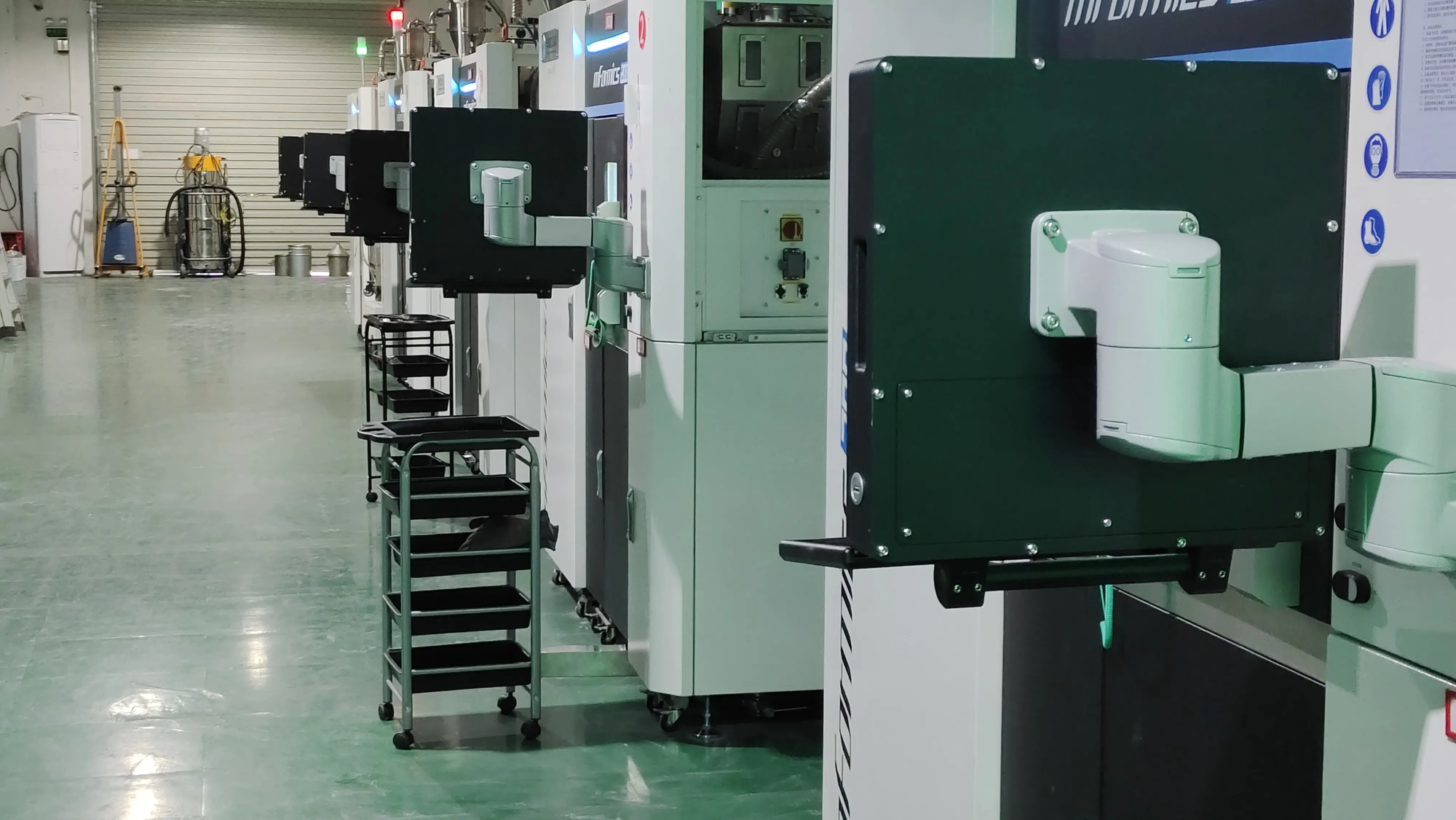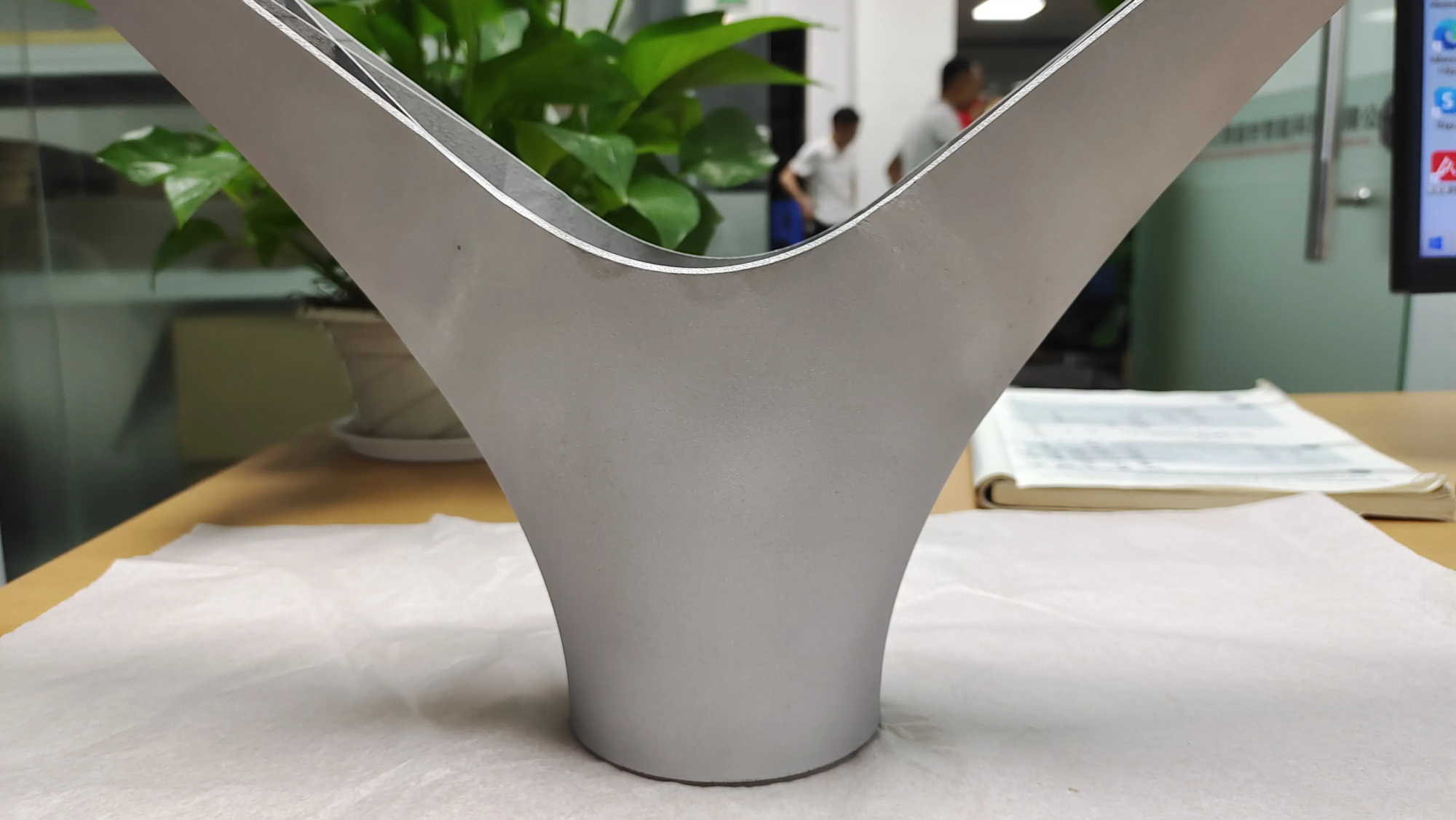introduce
Maintaining optimal performance in 3D printing requires meticulous inspection in addition to pressing "Print." Whether you run a desktop FDM printer or an industrial metal system, proactive maintenance can prevent costly breakdowns, wasted material and project delays. For businesses that prioritize accuracy, especially in metal prototyping, routine diagnostics are non-negotiable. exist huge lighta leading rapid prototyping manufacturer, we utilize advanced Selective Laser Melting (SLM) Technology and strict in-house protocols deliver flawless metal parts. But what are the key checks that should be done? you How to maximize printer health? Here’s a breakdown of the basic steps.
Why 3D printer inspection is important
Ignoring maintenance risks can lead to geometry tilt, delamination or catastrophic blockage, compromising the integrity of the part. For industries such as aerospace or medical equipment, these oversights can translate into safety hazards. Regular inspection:
- Extend hardware life
- Reduce material waste
- Ensure dimensional accuracy
- Maintain consistent print quality
GreatLight’s production-grade SLM system has experienced daily verification (Laser calibration, gas flow test, thermal map) to ensure micron-level accuracy for customers. Repeating this effort on a smaller scale can prevent up to 70% of common failures.
Critical pre-print and maintenance checks
1. Frame and kinematic system stability
Why: A loose frame can cause vibrations that can lead to "layer transfer" or distorted features.
Check:
- Make sure all bolts (especially the Z-axis mount) are tight.
- Inspect the linear guide for debris; wipe with isopropyl alcohol.
- Verify belt tension – it should sound like a guitar string (not saggy or too tight).
Sustainable land management insights: At GreatLight, a granite base and vibration-dampening casing minimize resonance during high-energy melting.
2. Nozzle/Hot End Health (FDM) or Laser Optics (SLM)
Why: Clogged nozzles or contaminated lenses can cause under-extrusion or poor fusion.
Check:
- Frequency division multiplexing: fulfill "cold drawn" Remove debris. Measure the nozzle diameter using a calibration pin.
- Sustainability management: Check the laser window for soot; clean with optical grade solvent. Monitor the consistency of the beam profile.
Pro tip: Replace FDM nozzle after 500–1,000 hours; recalibrate SLM optics weekly.
3. Bed flatness and adhesion
Why: A warped bed destroys the first layer of adhesion – the foundation of any print.
Check:
- Use FDM feeler gauge (gap 0.1–0.2 mm).
- For SLM, use a dial indicator to verify the flatness of the build plate (tolerance: ±0.05 mm).
Make it fixed: Use an appropriate adhesive (e.g. PEI sheet for plastics; boron nitride spray for metals).
4. Material integrity
Why: Damp filaments or oxidized metal powders can cause porosity and brittleness.
Check:
- filament: listen "crackling" Middle of print (steam escaping); bend test – brittle PLA snaps.
- Metal powder: Sieve pellets before reuse; check humidity log (aim for <10% RH).
Giant Light Protocol: We use nitrogen sealed powder chambers and real-time humidity sensors in our material handling.
5. Electronics and Thermal
Why: Overheating of the stepper drive or unstable bed temperature can cause the print to abort.
Check:
- Clean the cooling fan with compressed air.
- Test thermistor: Heat bed/nozzle to 100°C; verify reading is on target (±5°C).
- Tried motor (grinding = loose wiring).
Routine long-term maintenance
- per month: Relubricate lead screw, test emergency stop, check PSU connections.
- quarterly: Recalibrate load cell/k factor (critical for SLM energy density).
- Annual: Replace worn rails/rollers; verify firmware against OEM updates.
When to seek professional help
Persistent under-extrusion, thermal runaway errors, or dimensional drift signal hardware exhaustion. For mission critical parts, especially metal parts requiring ISO 2768 tolerancesWork with experts. glorious One-stop service Solve complex needs:
- SLM printing: Hastelloy, titanium, AlSi10Mg material
- Post-processing: CNC finishing, heat treatment, shot peening, CT scanning
- Speed to market: Most orders ship 48 hours
in conclusion
Consistent 3D printer inspection bridges the gap "trial and error" and reliable production. While DIY maintenance can maintain a hobbyist’s machine, industrial applications require the expertise of an experienced engineer. as a China’s top rapid prototyping companyGreatLight integrates these inspections into every project phase, ensuring customers receive solid, accurately tested parts, not assumptions. By embedding diagnostics into your workflow, you protect your investment and accelerate innovation.
FAQ
Question 1: How often should I level my FDM print bed?
one: If using manual leveling, before each print; the auto-leveling sensor should be recalibrated weekly.
Q2: My metal print has micro cracks. Is this a printer problem?
one: Possibly improper thermal management. SLM requires optimized laser power, scanning speed, and chamber cooling rate. GreatLight’s parameter library prevents such pitfalls.
Q3: Can I reuse failed metal powder prints?
one: Yes, but sieved to remove agglomerates and mixed with 30-50% of the original powder to maintain flowability.
Q4: Why is my nozzle always clogged with PLA?
one: Hygroscopic or thermal creep. Store filament in dry box; check hot end cooling fan.
Q5: How is GreatLight different from other prototyping services?
one: End-to-end control: We handle SLM printing, CNC machining, coating and QA in one facility, guaranteeing traceability, speed and cost efficiency.
Turn prototypes into performance-enabled assets—customize today with GreatLight.





